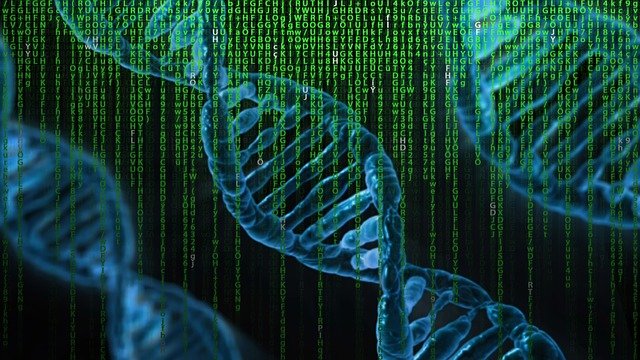Patients with rare diseases, and the scientists who study those diseases, were long inhibited by geographic sparsity. But the social-media age has made it much easier for them to band together to leverage their experience and push forward change.
“There were 150 people in one room at the same time suddenly being able to share. And that was so powerful.” Jillian Hastings Ward recalls attending the first conference, in September 2019, involving scientists, clinicians and the parents of children with a group of rare genetic neurological conditions called ‘GRIN disorders’. There are probably just a few hundred people in total worldwide with GRIN disorders, which means research into their conditions is scarce and there is no cure.
The conference is part of a drive involving the CureGRIN Foundation, a GRIN patient advocacy and patient-led research network, that aims to change that. For Hastings Ward, who is a member of CureGRIN’s board and whose six-year-old son Sam has a GRIN disorder, it felt like a real turning point. “It was really moving to see that many people get together, and the energy it generated in the room was fantastic,” she says. “That ability that we have to help them prioritise, do further research, is something that I’m quite hopeful about in the future.”
This idea of patients coordinating and driving the direction and pace of research is the raison d’être of a growing rare-disease patient movement that aims to transform the relationships among patients, scientists, clinicians and the pharmaceutical industry and thus bring treatments to the clinic much faster than would otherwise be possible.
Patients and their families are forming communities that go beyond patient support and advocacy, and they are actively networking scientists and clinicians together, building medical registries, deciding on research priorities, identifying scientists to work on these priorities and raising funds to support them.
This emerging role of patients as builders of new research-enabling infrastructures represents a shift away from the traditional narrative, in which patients are simply recipients of the fruits of medical research, toward one in which they are active, equal partners in its coordination, design and execution…
Read more: Nature 07 October 2020: https://www.nature.com/articles/s41591-020-1098-7
Image: Pixabay
